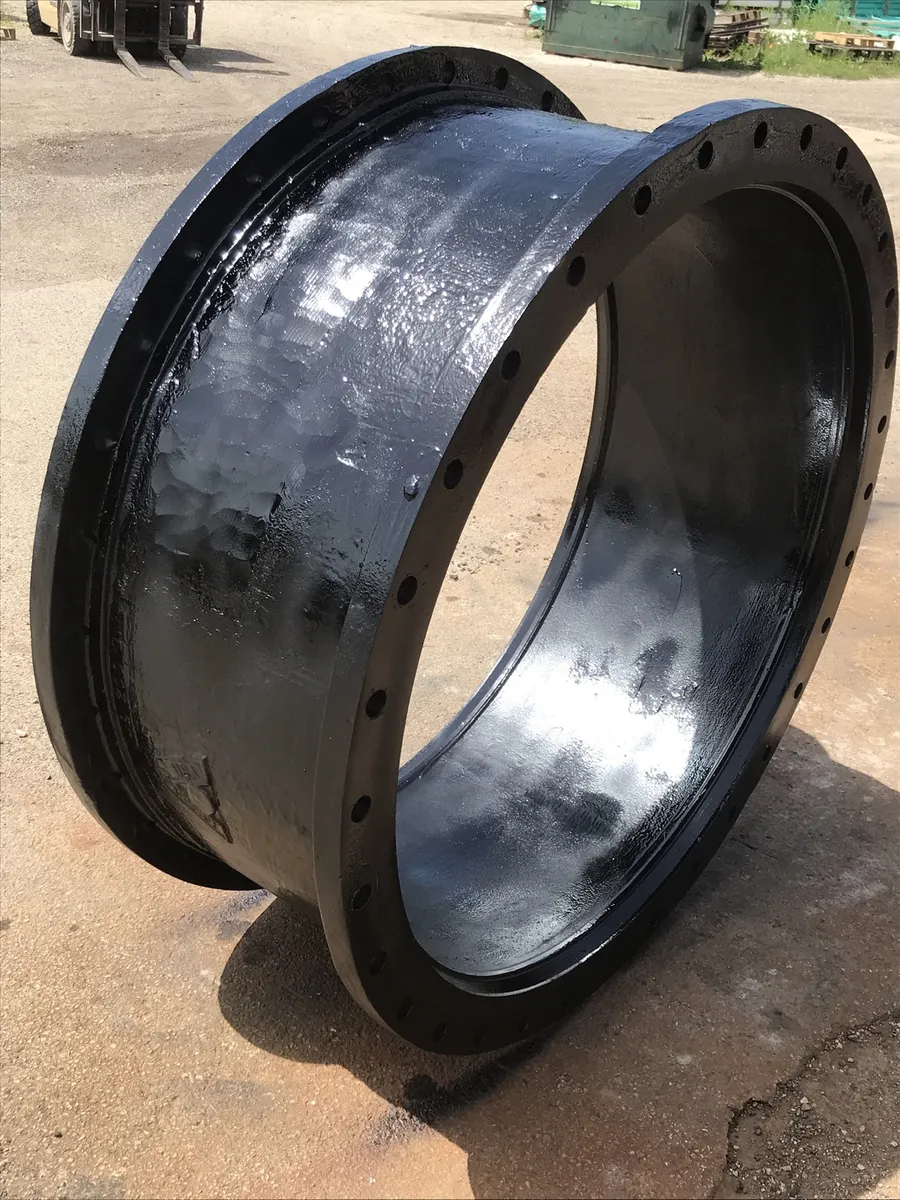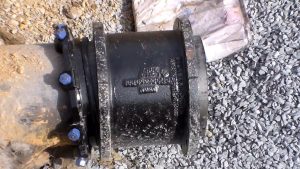In the intricate landscape of structural engineering, the choice of connection methods plays a pivotal role in determining the stability, reliability, and efficiency of structures. One such method that stands out for its versatility and widespread application is bolted connections. This article delves into the advantages of bolted connections, exploring their multifaceted benefits and their indispensable role in diverse industries.
I. Fundamental Characteristics of Bolted Connections:
A. Definition and Mechanism:
1. Components of a Bolted Connection
2. Role in Forming a Secure and Durable Joint
B. Common Types of Bolts:
1. Hex Bolts and Nuts
2. Stud Bolts and Heavy Hex Nuts
3. Anchor Bolts
II. Advantages of Bolted Connections:
A. Structural Integrity and Stability:
1. Even Distribution of Loads
2. Resistance to Shear and Tensile Forces
B. Ease of Assembly and Disassembly:
1. Simplified Installation Processes
2. Facilitates Maintenance, Repairs, and Modifications
C. Cost-Effectiveness:
1. Reduced Labor Costs in Construction
2. Minimized Need for Specialized Equipment
III. Versatility in Applications:
A. Adaptability to Various Materials:
1. Compatible with Metals, Plastics, and Composites
2. Suitable for a Range of Industries
B. Dynamic Load Handling:
1. Tolerance to Vibrations and Dynamic Forces
2. Ideal for Moving and Rotating Components
IV. Enhanced Load-Carrying Capacity:
A. Load Distribution Across Multiple Bolts:
1. Mitigating Stress Concentrations
2. Increased Strength in Critical Applications
B. Tunable Bolt Preload:
1. Achieving Optimal Clamping Force
2. Prevention of Joint Separation Under Loads
V. Resistance to Environmental Factors:
A. Corrosion Resistance:
1. Selection of Corrosion-Resistant Materials
2. Longevity in Harsh Environmental Conditions
B. Temperature Stability:
1. Maintaining Performance in Extreme Temperatures
2. Applications in High-Temperature Environments
VI. Time-Efficient Installation:
A. Rapid Assembly Processes:
1. Ideal for Mass Production and Large-Scale Projects
2. Reduced Downtime in Construction
B. On-Site Adjustability:
1. Flexibility in Field Installations
2. Tailoring Connections to Specific Requirements
VII. Bolted Connections in Specific Industries:
A. Construction and Infrastructure:
1. Bolted Steel Structures in Building Construction
2. Bridges and Infrastructure Development
B. Automotive Engineering:
1. Bolted Joints in Vehicle Assembly
2. Applications in Chassis and Powertrain Components
C. Aerospace and Aviation:
1. Precision Bolted Connections in Aircraft Construction
2. Weight Reduction and Structural Integrity
VIII. Considerations for Optimal Performance:
A. Bolt Material Selection and Specifications:
1. Choosing Appropriate Materials for Environmental Conditions
2. Compliance with Industry Standards
B. Proper Torque and Tensioning:
1. Achieving and Maintaining Optimal Bolt Preload
2. Importance in Preventing Joint Failures
Conclusion:
As we tighten the bolts of structural integrity, the advantages of bolted connections become evident. This article serves as a comprehensive guide, shedding light on the versatility, efficiency, and reliability that bolted connections bring to diverse industries, solidifying their position as a cornerstone in modern engineering.




+ There are no comments
Add yours